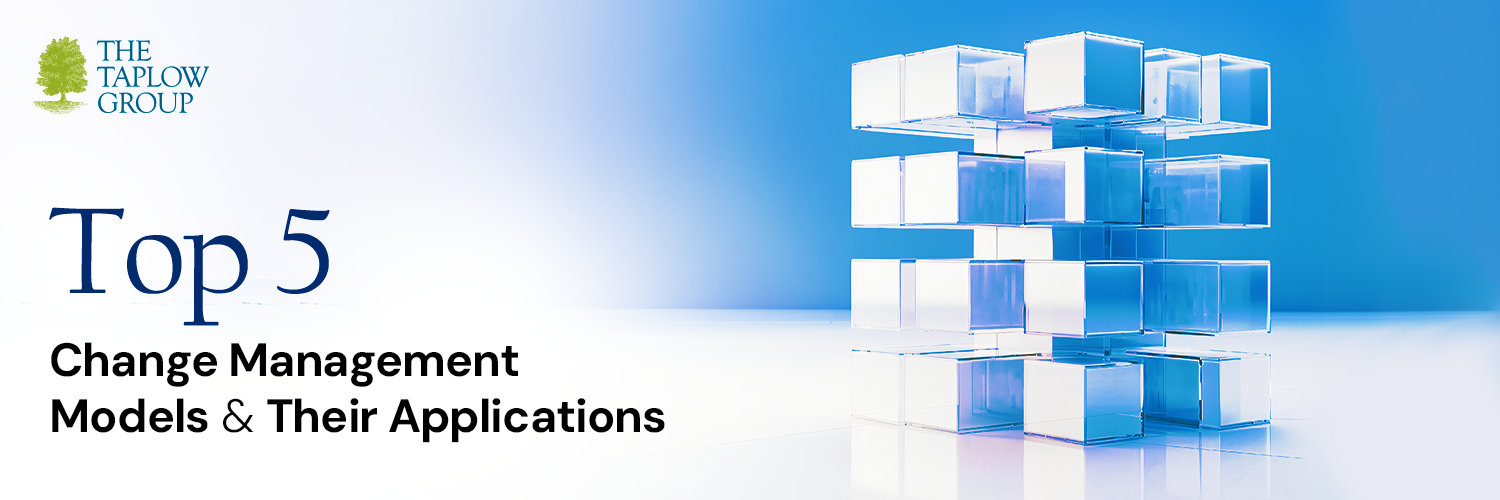Change is the only constant in today's business world. New technologies emerge, customer needs evolve, and markets shift faster than ever.
Large-scale changes may feel intimidating and require a clear plan. Change management models provide an impactful framework for navigating the transitions smoothly.
These models aren't just fancy theories; they're battle-tested tools that empower leaders with a strategic roadmap. This roadmap helps you prioritize changes, keep everyone on the same page, and ultimately maximize the return on investment from all your hard work.
By understanding the five models mentioned below and their strengths, you can avoid costly detours and lead your team confidently towards success.
Also read : how do you measure leadership
What are Change Management Models?
Change management models serve as roadmaps for navigating the complexities of organizational change.
They help identify the steps necessary to facilitate change, address resistance, and ensure that new processes or behaviors are adopted and sustained. By following a structured model, organizations can minimize disruptions, maintain productivity, and achieve their strategic objectives more efficiently.
Also Read: How organizational communications consulting can help your organization?
Importance of Change Models
Do you ever feel like your organization is stuck in a rut? Navigating change in business is difficult without a plan.
That's where organizations take the route to change management. It guides your team through those ups and downs and ensures everyone is on the same page. Studies show companies without a change management plan waste resources, see employee morale plummet, and even lose money.
Below are some of the impactful change management models that organizations can implement to move their processes forward.
Recommended Read: Importance of Effective Communication Planning and Execution
5 Types of Change Management Models
Ready to navigate some significant changes in your organization? Here are the top 8 change management models that act as your trusty toolkit for any transformation project:
Kotter's 8-Step Change Management Process Model
A professor from Harvard business school, Sir John P. Kotter developed this one of the best change theories. Kotter's 8-Step Change Model guides you on the path to successful transformation. Here's how:
-
Create a Sense of Urgency: Get your team ready for the need for change. Show them why the "business as usual" path won't cut it anymore.
-
Build a Guiding Coalition: Create a dream team of passionate leaders to lead the change.
-
Form a Powerful Vision: Plan for the exciting future you're working towards. Where do you want to be?
-
Communicate the Vision for Buy-In: Communicate and make sure everyone understands the vision and feels motivated for the transformative journey.
-
Empower Action: Break down silos and give people the resources they need to make the vision a reality. Let's ditch the red tape!
-
Generate Short-Term Wins: Celebrate small victories along the way. Keep everyone motivated with a taste of success.
-
Consolidate Gains and Produce More Change: Don't stop at the first hurdle! Use those early wins as momentum to keep pushing forward.
-
Anchor New Approaches in the Culture: Make the changes stick! Integrate the new way of doing things into your company's DNA.
Lewin's Change Management Model
This classic model, developed by Kurt Lewin, is all about managing the psychological aspects of change. This three-phase model talks about:
-
Unfreeze: Show people why the current way of doing things isn't working anymore, and ask your team to stop right away.
-
Change: This is the second phase, where you introduce new processes, behaviors, or technologies.
-
Refreeze: Solidify the models for change by reinforcing the new behaviors and making them the new norm.
ADKAR Change Management Model
This change management approach focuses on the individual. Think of it like a personal change checklist:
-
Awareness: Do people even know about the upcoming change?
-
Desire: Do they see the value in the change and want to be part of it?
-
Knowledge: Do they have the information and skills they need to make the change?
-
Ability: Can they actually implement the change in their daily work?
-
Reinforcement: Will they be supported and rewarded for embracing the change?
The McKinsey 7-S Framework (Change Management Frameworks)
The McKinsey 7-S change management frameworks and methodologies help you see how the organizational elements are interconnected and how you, any interim manager, can tweak any of them to influence the entire system. Here's the breakdown:
Foundational Elements
These are Hard S’s, like your overall plan, how your team is organized, and the tools you use.
-
Strategy
-
Structure
-
Systems
Cultural Aspects
These are the Soft S’s, like your company's core beliefs, employee capabilities, leadership approach, and your workforce.
-
Shared Values
-
Skills
-
Style
-
Staff
By ensuring all these elements are aligned during change, you create a more stable and adaptable organization.
Nudge Theory
Nudge Theory flips the script by using gentle suggestions to influence employee behavior. Here are some ways to "nudge" your team:
-
Simplify processes: Make it easier for employees to adopt new ways of working.
-
Highlight benefits: Clearly communicate how the change improves their daily lives.
-
Offer social proof: Share success stories to encourage participation.
-
Create a sense of scarcity: Highlight limited-time opportunities or benefits.
By subtly nudging behaviors, you can create a positive momentum toward change without feeling overbearing. It's like giving your team a gentle push in the right direction, making the climb much smoother.
Recommended Read : leadership trends
How Taplow Group Can Help You in Change Management Approaches?
Even with the best models as your guide, navigating change can be a challenge for you. That's where The Taplow Group comes in. We're a team of seasoned organizational change consultants passionate about helping businesses transform smoothly and thrive.
We offer a range of services, from leadership development programs to CEO training and interim management services, to craft a watertight implementation strategy. Connect with our experts and see how smoothly we can help your organization avoid pitfalls.
